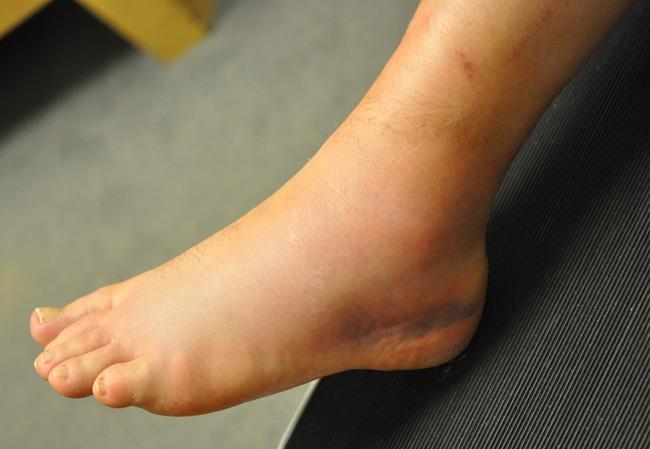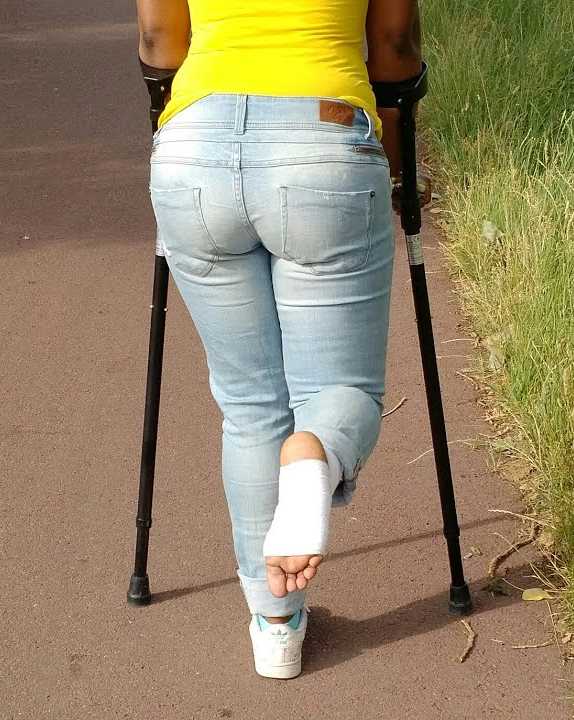Do you require any assistance? Simply reserve your appointment online below
Foot and ankle fractures
Connecting you to Specialty Doctors and Surgeons
A fracture is just another word for a partial or complete break in a bone. Your foot and ankle are comprised of many different bones. Because of this there are many different varieties of foot and ankle fractures. Your fracture’s type and severity is dictated by the amount of stress placed on the bone as well as your age.
Your Foot and ankle fractures could be the result of a variety of things ranging from a traumatic event like falling from a ladder or being in an automobile accident to simply slipping on ice in your driveway or losing your balance on an uneven sidewalk.

Signs and symptoms of Foot and ankle fractures

If you have a broken ankle or broken foot, you may experience some of the following signs and symptoms:
Immediate, throbbing pain
Pain that increases with activity and decreases with rest
- Your Content Goes Here
Swelling
Bruising
Tenderness
Deformity
Causes of Foot and ankle fractures
Car accidents. The crushing injuries common in car accidents may cause breaks that require surgical repair.
Falls. Tripping and falling can break bones in your ankles or feet, as can landing on your feet after jumping down from just a slight height.
Impact from a heavy weight. Dropping something heavy on your foot is a common cause of fractures.
Missteps. Sometimes just putting your foot down wrong can result in a broken bone. A toe can get broken from stubbing your toes on furniture. Twisting your ankle just right can cause a sprain or a broken bone.
Overuse. Stress fractures are common in the weight-bearing bones of your ankles or feet. These tiny cracks are usually caused over time by repetitive force or overuse, such as running long distances. But they can also occur with normal use of a bone that’s been weakened by a condition such as osteoporosis or a stress fracture.
Risk Factors of getting Foot and ankle fractures
High-impact sports. The stresses, direct blows and twisting injuries that occur in sports such as basketball, football, gymnastics, tennis and soccer are causes of foot and ankle fractures.
Faulty equipment, such as shoes that are too worn or not properly fitted, can contribute to stress fractures and falls.
Suddenly increase your activity can cause fractures of the foot and ankle .Boosting the frequency or duration of your exercise sessions can also increase your risk of a stress fracture.
Certain work environments, such as a construction site, put you at risk of falling from a height or dropping something heavy on your foot.
Poorly lit homes. Walking around in a house with too much clutter or too little light may lead to falls and foot and ankle injuries.
Conditions. Having decreased bone density (osteoporosis) can put you at risk of injuries to your foot and ankle bones.

Comprehensive treatment of Foot and ankle fractures

If the fracture is stable (without damage to the ligament or the mortise joint), it can be treated with a leg cast or brace. Initially, a long leg cast may be applied, which can later be replaced by a short walking cast.
It takes at least six weeks for a broken ankle to heal, and it may be several months before you can return to sports at your previous competitive level.
Your physician will probably schedule additional X-rays while the bones heal, to make sure that changes or pressures on the ankle don’t cause the bones to shift.
Medicine. Your doctor may recommend an over-the-counter pain reliever, such as acetaminophen (Tylenol, others).
Therapy. After your bone has healed, you’ll probably need to loosen up stiff muscles and ligaments in your ankles and feet. A physical therapist can teach you exercises to improve your flexibility and strength.
Immobilization. To heal, a broken bone must be immobilized so that its ends can knit back together. In most cases, this requires a cast.
Minor foot fractures may only need a removable brace, boot or shoe with a stiff sole. A fractured toe is usually taped to a neighboring toe, with a piece of gauze between them.

You are in Great Hands
Surgical Treatment of Foot and ankle fractures
If the ligaments are also torn, or if the fracture created a loose fragment of bone that could irritate the joint, surgery may be required to “fix” the bones together so they will heal properly.
The surgeon may use a plate, metal or absorbable screws, staples or tension bands to hold the bones in place. Usually, there are few complications, although there is a higher risk of complications among diabetic patients and those who smoke.
Afterwards, the surgeon will prescribe a program of rehabilitation and strengthening. Range-of-motion exercises are important, but keeping weight off the ankle is just as important.

A child who breaks an ankle should be checked regularly for up to two years to make sure that growth proceeds properly and without deformity or uneven leg length.
Reduction. If you have a displaced fracture, meaning the two ends of the fracture are not aligned, your doctor may need to manipulate the pieces back into their proper positions — a process called reduction.
Depending on the amount of pain and swelling you have, you may need a muscle relaxant, a sedative or even a general anesthetic before this procedure
